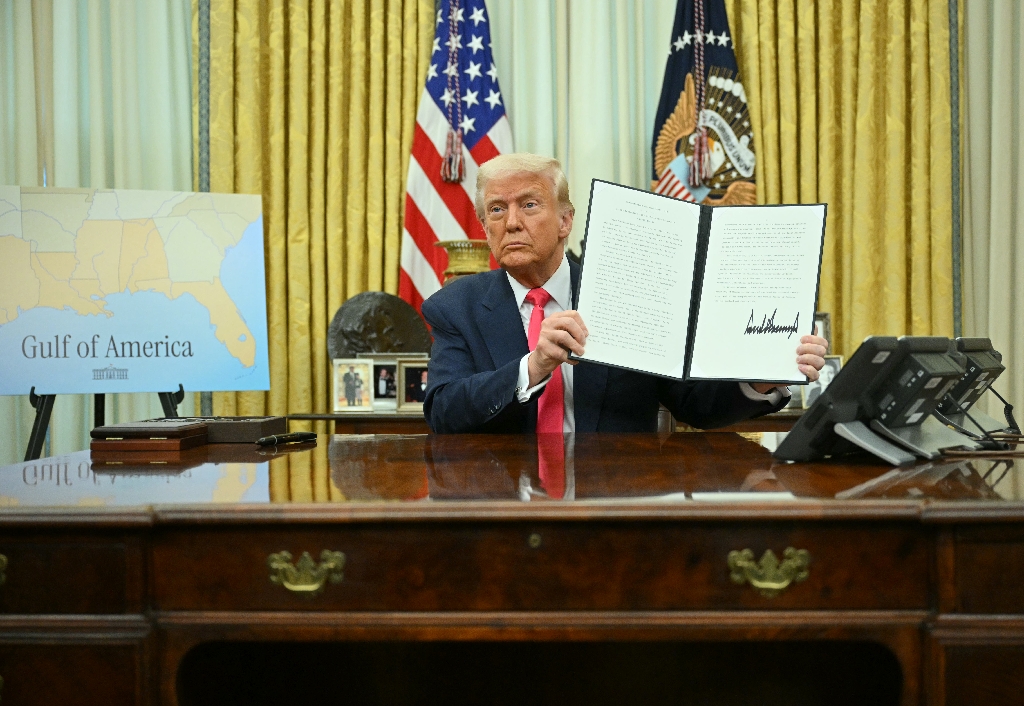Washington (AFP) – The United States on Thursday approved a $4 billion sale of state-of-the-art drones to India, eager to modernize its military in the face of China, after a delay following an alleged assassination plot on US soil.
The sale marks a milestone in Indian purchases of American weapons after New Delhi’s historic reliance on arms from Russia, which have been increasingly controversial due to sanctions over the invasion of Ukraine.
Indian officials had discussed the drones during a state visit by Prime Minister Narendra Modi last year at the invitation of President Joe Biden, following Indian skirmishes both with China and its historic adversary Pakistan.
After months of discussion with US lawmakers and India, the State Department formally informed Congress of the sale that includes 31 MQ-9B Sky Guardians, the most advanced among the Predator drones built by General Atomics.
“The proposed sale will improve India’s capability to meet current and future threats by enabling unmanned surveillance and reconnaissance patrols in sea lanes of operation,” a State Department statement said.
“India has demonstrated a commitment to modernizing its military and will have no difficulty absorbing these articles and services into its armed forces.”
While India had long enjoyed wide support in the US Congress, the mega-deal faced a holdup in Congress after US prosecutors alleged a plot to kill a Sikh separatist leader with US citizenship in New York.
Most explosively, the Justice Department alleged that an Indian government official directed the plan remotely.
India promised to look into the claim, in a more measured response than the Modi government’s furious response when Canada earlier alleged involvement by New Delhi in the killing of a Sikh separatist near Vancouver.
But some US lawmakers questioned whether both Modi and the Biden administration were taking the allegations seriously enough — and put off their informal green-lighting of the sale.
– ‘Back on track’?-
Congress still has 30 days in which it can block the sale, although most observers expect it to go through.
“The notification gets the sale back on track, but it could still encounter some choppy seas in Congress. The assassination allegations against India continue to cast a shadow over US-India relations,” said Michael Kugelman, director of the Wilson Center’s South Asia Institute.
“Strategic imperatives tend to carry the day in this partnership, and that will likely ensure the sale eventually goes through, but one can’t rule out the possibility of some hiccups during the finalization process,” he said.
In New Delhi, foreign ministry spokesman Randhir Jaiswal told reporters that the United States was following its “internal processes” on the sale, declining further comment.
The Sea Guardians can monitor the seas as well as submarines and can remain airborne for 35 hours at a time and fire Hellfire missiles and carry around 1,000 pounds (450 kilograms) of bombs.
The Indian Navy has already been operating two Predator drones on lease through which it has monitored Arabian Sea to protect ships from attacks by Yemen’s Huthi rebels and Somali pirates.
In 2019, India broke precedent by crossing into Pakistani airspace to strike an alleged militant training camp.
Tensions have also been rising on the Himalayan frontier between India and China, the world’s two most populous nations.
A 2020 clash left dead 20 Indian troops and at least four Chinese.
US policymakers have largely seen common cause with India due to shared worries about China, even as some lawmakers voice alarm about Modi’s human rights record.




